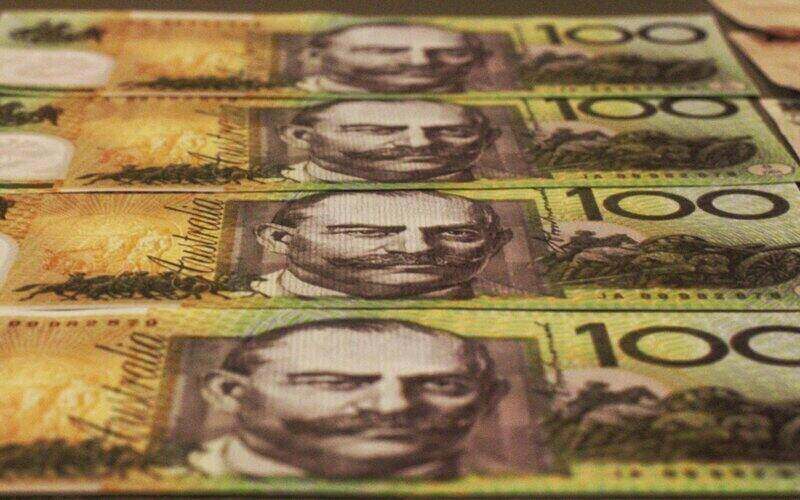New research by investment bank UBS revealed grocery costs accelerated by 9.2% over the last three months of 2022, compared to 8.2% in the previous quarter.
UBS tracked the prices of more than 60,000 products from Coles and Woolies and found that food inflation was steepest in the fresh food category.
Dairy and meat led the pack, increasing by 14% and 10% respectively in the December quarter.
Meanwhile, fruit and vegetable costs remained stable as more normal production resumed following the flood crisis in Eastern Australia.
Fresh food inflation was running at 9.6% in the December quarter compared with dry (packaged) grocery items on the shelves at 9%.
Over the past two quarters, Woolworths has had bigger price increases than its major rival.
Food inflation at Coles was 9.1% in the December quarter (up from 8.1%) while Woolies was 9.3% (up from 8.4%).
The report noted this was due to Coles heavily discounting products to compete with its larger rival.
"Coles is maintaining promotional depth and breadth ahead of Woolworths, arguably reflective of it seeking to differentiate on price as per its period of market share gains in the early to mid-2010s and following market share losses in recent years," UBS analysts said.
This roughly tracks ABS data for September quarter inflation, which revealed that prices had risen 13% for breakfast cereals; 10.5% for bread; 9.3% for beef and veal; 12.1% for dairy and 16.2% for milk specifically; 16.2% for fruit and vegetables; 10.4% for eggs;
and 19.3% for oils and fats.
PRD Chief Economist Dr Diaswati Mardiasmo said cost of living pressures have forced consumers to dip into their savings pots to afford basic living essentials.
“Unfortunately the cost of living that is going up quite exponentially are day to day living items – the house you live in, groceries, and fuel – all of which are primary needs,” Dr Mardiasmo told Savings.com.au.
“Therefore the ‘what you can go without’ choice is not always an immediate option – you need your home, food, and transport to work.”
NAB research released late last year revealed Australians were expecting to fork out an extra $59 a week on groceries in the lead up to the New Year.
Of the 2,050 people who responded to NAB's survey, 61% said they would consider switching to cheaper brands to get the best deal possible.
When will grocery bills go back to normal?
With inflation numbers unlikely to fall in the near future, grocery costs are expected to surge in the coming months.
"Trade feedback indicates cost pressures remain and are, arguably, still rising for dry grocery suppliers with further cost increases expected to support dry grocery inflation for the remainder of financial year 2023,” UBS analysts said.
Currently, inflation is at 7.3% over the year to November according to the ABS.
The latest annualised inflation data which will be released on Wednesday is expected to peak at 7.4% in December 2022, according to Westpac Chief Economist Bill Evans.
“That read will be an increase from 6.3% in the year to June 2022,” Mr Evans said.
“We expect headline inflation in 2023 to slow to 3.7% – well below the Reserve Bank’s current forecast of 4.7%, although it is likely that the RBA will lower its forecast in the February Statement on Monetary Policy.
“While lower than the current official forecast the annual print in 2023 will still be well above the Bank’s 2–3% target range, most likely precluding it from easing policy anytime in 2023.”
Image by Lennon Cheng via Unsplash



 Harry O'Sullivan
Harry O'Sullivan
 Harrison Astbury
Harrison Astbury

 Emma Duffy
Emma Duffy


